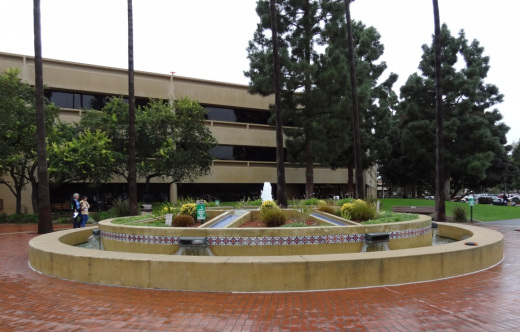Jury trials in Ventura County average four days in length. The trial judge will advise jurors of the expected duration and may excuse prospective jurors from serving on a particular case if the service would amount to an extreme hardship.
Ventura County is one judicial district so all jurors are summoned to the county seat at the Hall of Justice, 800 South Victoria Avenue, Ventura for jury service.
Get there early if you can. There is plenty of free parking but sometimes you have to walk a ways to get to the building. When entering the building you will be screened through a security device. Do not bring knives, scissors, handwork needles, metal fingernail files, tools, wallet chains, handcuff keys or any items that may possibly be used as a weapon.
The Jury Assembly Room has plenty of chairs, with some tables, electric plugs, etc. I highly recommend that you bring things to keep yourself busy...phone, laptop, magazines, newspaper, book, iPad, etc. They do have a TV available in one room but you'll want to bring something else to do too. There's also wireless internet access. For lunch and snacks, there is an in-house cafeteria as well as a variety of restaurants nearby.
No fees or mileage are paid for the first day of service. $15 per day and 34¢ per mile, one way from the juror’s home to the courthouse are paid for your second and additional days of service (as of November 2024; which is unchanged from the first time I checked in 2014).
[Jury duty fees are set by the California State Legislature, which consists of the 80 member California State Assembly and the 40 member California State Senate. California Code of Civil Procedure Section 215 sets the fees and mileage rate. Well guess what…it has been the same fee and mileage rate since July 2000. Cumulative inflation from 2000 to 2023 is 76%, which means the $15 would have grown to over $26. The IRS mileage rate for 2024 is 67¢ per mile, nearly double 34¢ per mile.. Might be time to write your local Assemblymember to address the issue.]
When I last served, the judge in my courtroom called us back the next day. We showed up and he subsequently cancelled the trial and we were excused to go home (or back to work). Two weeks later I received a check for $15 in jury fees and $7.82 in mileage from the Conejo Valley. YIPPEE!












